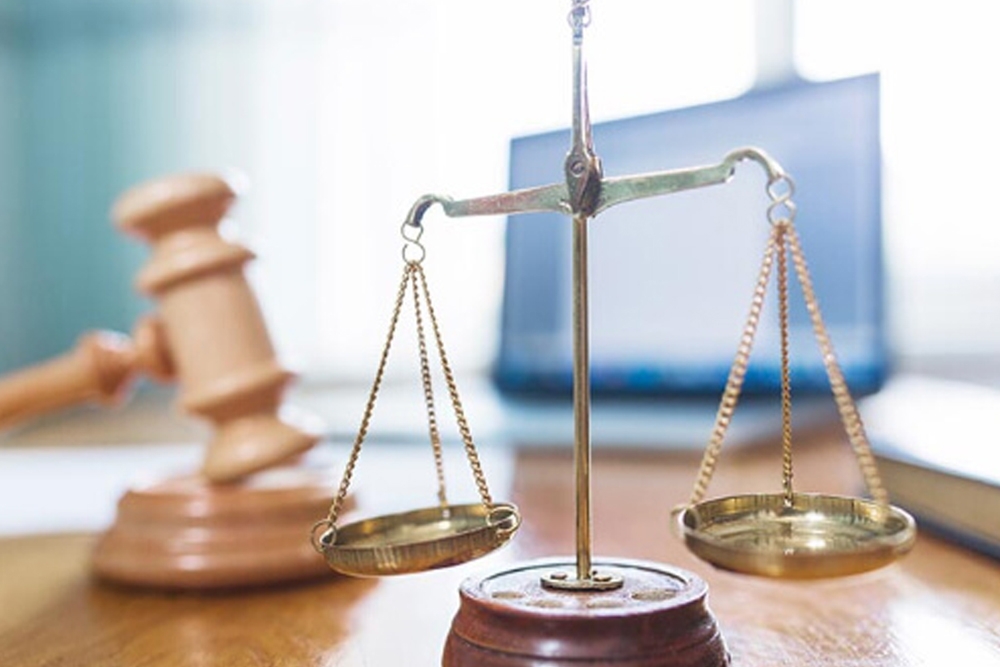Discharge a Judgment Lien in Bankruptcy

In many states a judgment can become a lien against your real property in the county of the judgment or any other county where the judgment has been transcribed into the official records. A “judgment lien” or “judicial lien” is often effective both with respect to property owned at the time of the judgment, as well as property acquired after the judgment. A bankruptcy discharge will void the future application of a judgment, preventing it from attaching to property acquired after bankruptcy, but the discharge does not automatically get rid of an existing judgment lien. A creditor with a surviving judgment lien could seek to foreclose or repossess the property after bankruptcy.
The primary method used to attack a judgment lien is via a motion to avoid as a lien impairing exemptions, under section 522(f)(1)(A) of the Bankruptcy Code. A judgment lien may either be completely avoided or partially avoided, in which case the amount of the lien is reduced. It works this way: first adds up the exemption amount, the judicial liens, and all other liens, like mortgages. This sum is then compared to the value of the property. If it is greater than the value, the judicial lien impairs the exemption and may be partially or completely avoided. If the sum is less than the value, there is no impairment of the exemption and section 522 does not provide a means to avoid the judgment lien. Below is an example:
Value of the property: $100,000
First mortgage: $50,000
Second mortgage: $30,000
Amount of exemptions: $20,000
Judicial lien: $10,000
The amount of all of the encumbrances against the property plus the available exemptions is $100,000, which is equal to the value of the real property. As a result the judicial lien is not actually secured by anything, and the bankruptcy court can order the lien avoided and the entire $10,000 judgment debt discharged with other unsecured debts.
A second example shows how a judicial lien can be reduced when it impairs a legal exemption:
Value of the property: $105,000
First mortgage: $50,000
Second mortgage: $30,000
Amount of exemptions: $20,000
Judicial lien: $10,000
The amount of all of the encumbrances against the property plus the available exemptions is $100,000, which is $5,000 less than the value of the real property. As a result the judicial lien can be reduced by $5,000 by the bankruptcy court and the remaining $5,000 discharged with other unsecured debt.
Lien avoidance under section 522(f)(1) can also apply to situations where there are multiple judgment liens. Lien avoidance can also work when the judgment lien is the only lien of any kind on the property, although the value of the property compared to the exemption becomes very important.
